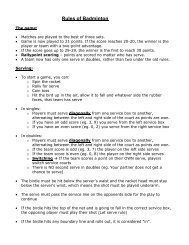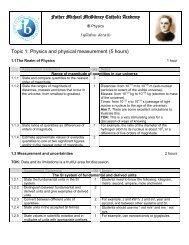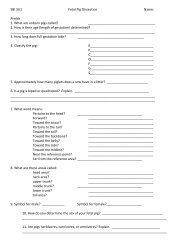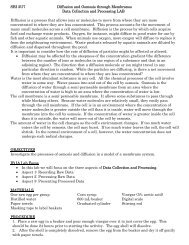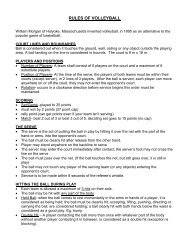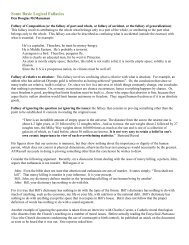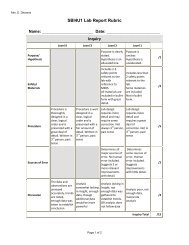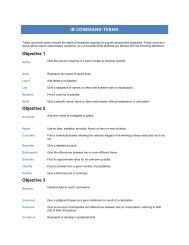Inductive Reasoning
Inductive Reasoning
Inductive Reasoning
Create successful ePaper yourself
Turn your PDF publications into a flip-book with our unique Google optimized e-Paper software.
The two arguments relevant to understanding and assessing example 3 are these:A)100% of observed M are FTherefore 100% of all M are FB)100% of all M are FA is MTherefore, A is FArgument A is clearly an acceptable instance of induction by enumeration, whereas argument B is not an acceptableinstance of a statistical syllogism. In argument B, if the premises are true then the conclusion must also be true; in otherwords, argument B is valid. The issue that confronts us, then, is whether example 3 is an acceptable instance of modifiedinduction by enumeration.The answer here is yes. If the premises of example 3 are true, then the conclusion is probably true. Additionally, since theconclusion rests, in part, on a sample of all M’s, it might be false: Anwal may be a McGivney student who does not favor areduction in classroom interruptions. Understood in terms of arguments A and B, example 3 is acceptable, since induction byenumeration is an acceptable argument form and argument B is an acceptable deductive argument. Consideration of theabove cases gives the following as the argument form of modified induction by enumeration:Y% of observed A are B (where Y is greater than 50% and less than or equal to 100)X is ATherefore, x is BInduction by Enumeration Statistical Syllogism Modified Induction by EnumerationY% of observed A are BTherefore, Y% of all A are B(where Y is equal to or greater than 0 and equal toor less than 100)Y% of all A are B (where Y is greater than 50 andless than 100)X is ATherefore, X is BY% of observed A are B (where Y is greater than50% and less than or equal to 100)X is ATherefore, x is B*The argument form of modified induction by enumeration is weaker than the argument form of the statistical syllogism. This is so because the statisticalsyllogism part of a modified induction by enumeration depends on an argument of the form induction by enumeration. As a result, in the case ofmodified induction by enumeration, the X which is said to be B depends upon the strength of the induction by enumeration argument. That is, modifiedinduction by enumeration, understood in terms of two inductive arguments—statistical syllogism and induction by enumeration—is likely to lead to falseconclusions more often than is statistical syllogism, since the possibility of error is greater when two inductive arguments, rather than one, are considered.Question to think about: Is Induction by Enumeration ultimately reducible to Inference to the Best Explanation?






